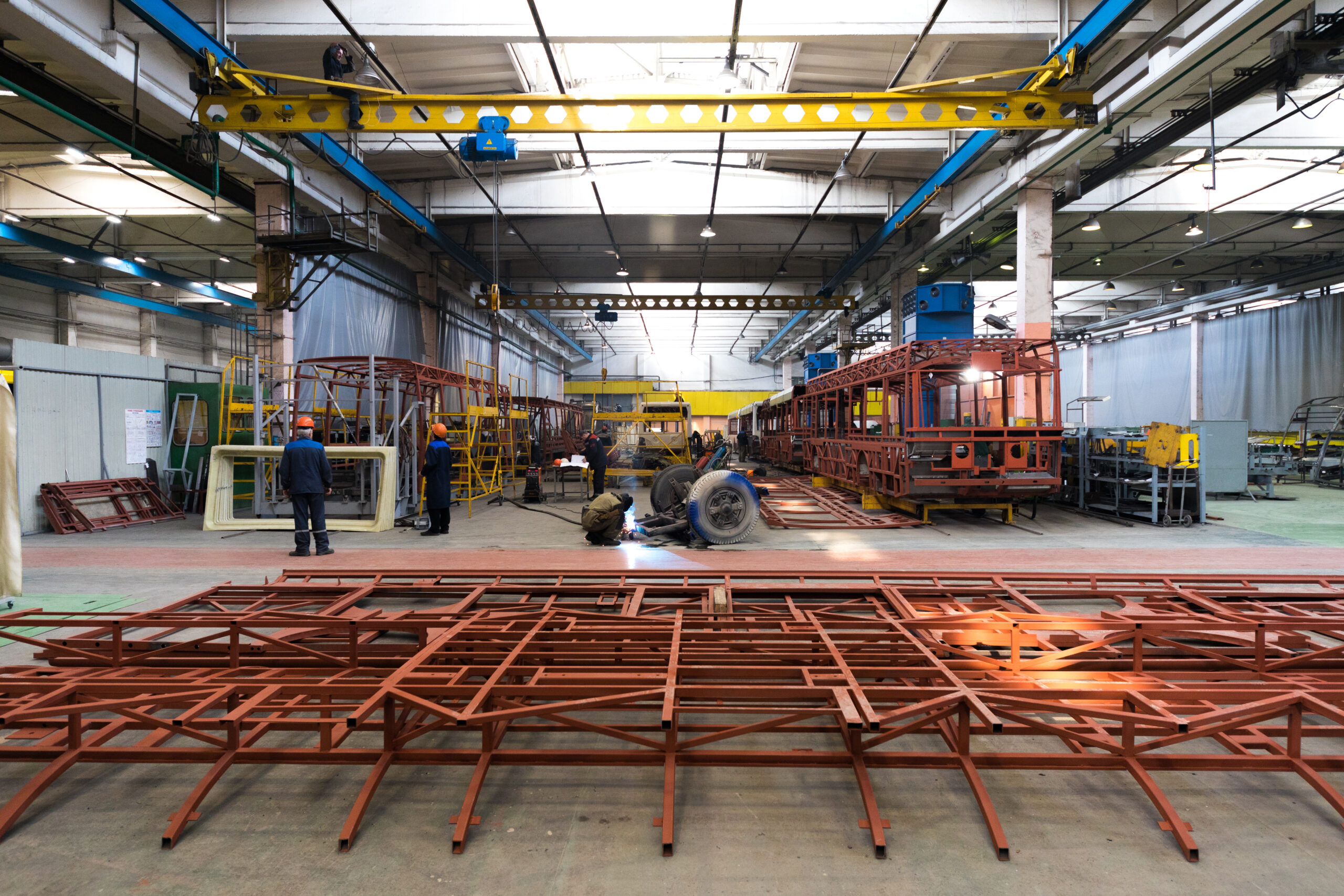Tech and Trends
Gen Z Transforming India's Supply Chains

There’s plenty of buzz around Generation Z in India, and for a good reason. These digital natives of over 377 million Indians, born between 1997 and 2012, are reshaping industries with their mindset and unique buying habits. From demanding instant gratification to preferring brands that resonate with their values, Gen Z is influencing how businesses operate and how supply chains adapt.
The $2 Trillion Opportunity: Gen Z’s Economic Power
Generation Z holds immense economic clout. Together, they command $860 billion in spending power, spending $200 billion directly and influencing another $660 billion. Their spending habits dominate key sectors:
- They drive 50% of all footwear purchases.
- They account for 48% of the dining market.
- Entertainment venues and fashion brands rely on them for nearly half of their revenue.
By 2035, Gen Z driven spends will increase to $2T – implying that every 2nd rupee spent in India will come from a Gen Zer., revolutionizing India’s consumer market. With more Gen Zs entering the workforce, one in four already has a job where businesses have a massive opportunity to engage this economically powerful demographic yet, only 15% of companies actively work with them, leaving a significant untapped potential.
Gen Z’s technological prowess is reshaping supply chains
- Generative AI for Demand Forecasting and Optimization – Retailers can tap into generative AI to predict demand by analysing trends, customer preferences, and social data. This helps them optimize stock levels, minimize waste, and quickly respond to seasonal shifts or unexpected events. Companies such as Shein in Fast Fashion have leveraged AI effectively in this area.
- Cloud-Based Inventory Management – Centralized cloud platforms ensure inventory is available where needed. They provide real-time inventory visibility across regions, improving supply coordination and regulatory compliance.
- IoT-Enabled Asset Tracking – IoT sensors track shipment conditions like location and temperature in real-time, ensuring the quality of perishables and high-value goods. Proactive alerts minimize disruptions and maintain efficiency.
- Automated Warehouse Operations – Automation streamlines warehouse tasks like picking, packing, and sorting, enabling faster and error-free order fulfilment. This is particularly crucial during high-demand periods such as festive sales.
- Reverse Engineering of Supply Chains – Brands adapt quickly by analysing trends and consumer preferences to create and deliver collections in weeks. This demand-driven model reduces lead times and costs, though it requires robust supplier collaboration and innovative production techniques.
- Rise of the Shared Economy – The shared economy thrives on Gen Z’s preference for access over ownership. In hospitality, for instance, shared platforms maximize space utilization, while in mobility, vehicle-sharing models prioritize fleet maintenance and predictive servicing. These shifts demand supply chains to evolve toward efficiency and flexibility.
Resilient and Sustainable Supply Chains
Resilience and sustainability are no longer optional – they’re essential. With 80% of supply chain leaders prioritizing digital transformation post-pandemic, Gen Z’s tech-first approach accelerates digitization even in traditional sectors. Yet, only 19% of supply chains are equipped for sustainability, leaving significant room for innovation in green practices. For businesses, the message is clear – Align with Gen Z’s expectations for speed, sustainability, and innovation. By adopting cutting-edge technology and green practices, companies can unlock opportunities in this critical segment and secure a stronger, more resilient future.







